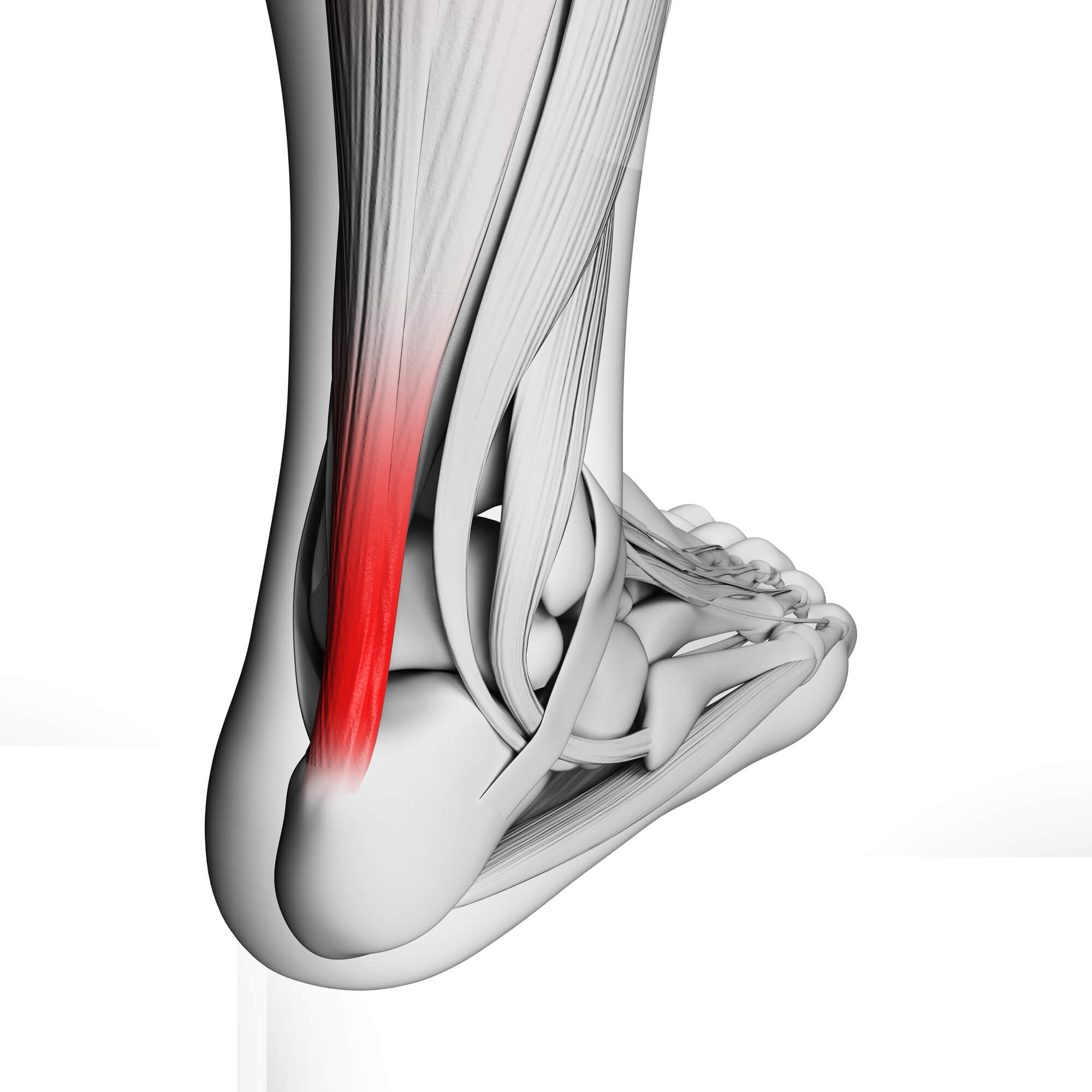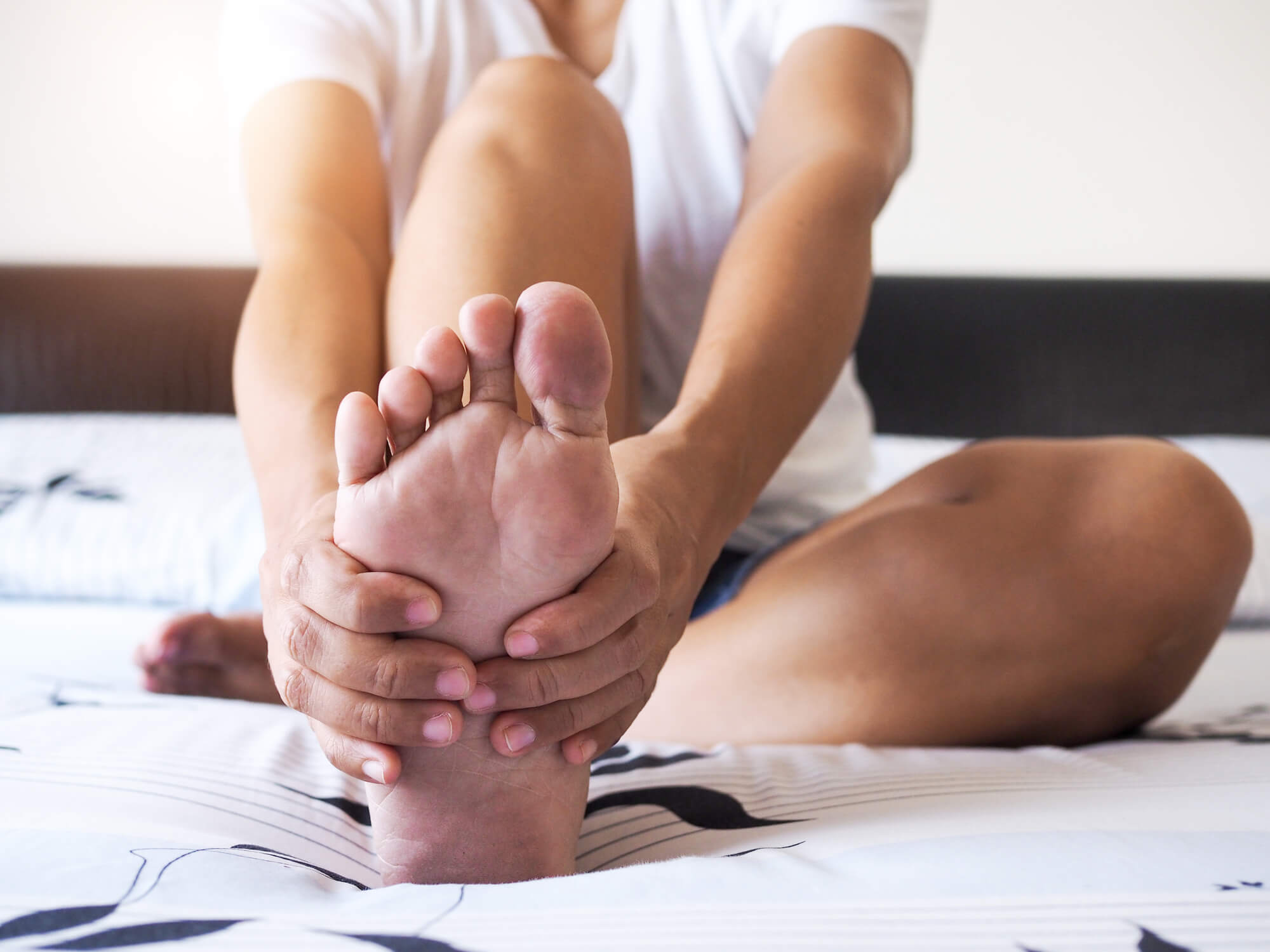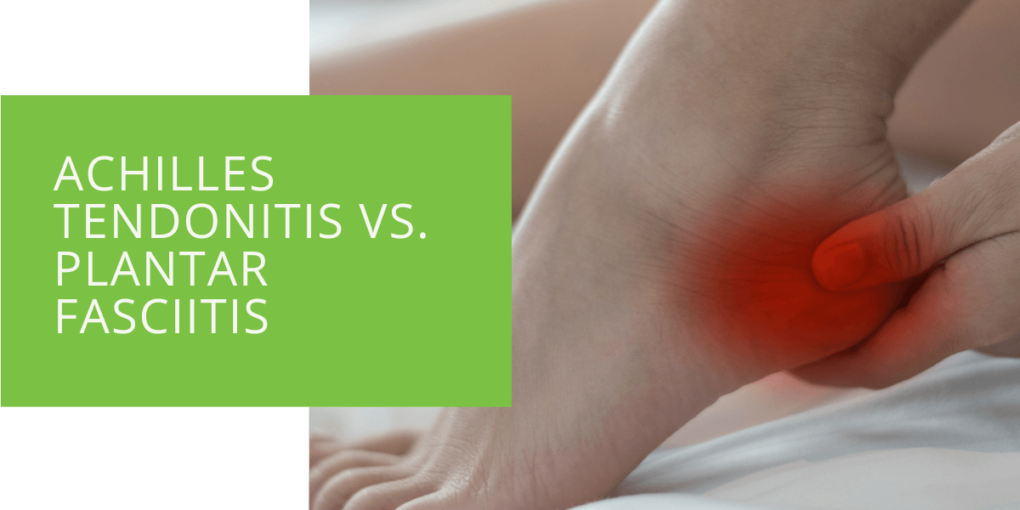Achilles Tendonitis vs. Plantar Fasciitis
Achilles tendonitis and plantar fasciitis are common foot conditions that can cause heel pain and discomfort. While both conditions may involve the heel and result from overuse, it's essential to understand their differences for accurate diagnosis and appropriate treatment. This article will delve into the details of Achilles tendonitis and plantar fasciitis, including their causes, symptoms, and treatment options.
Understanding Achilles Tendonitis
What is Achilles Tendonitis?
Achilles tendonitis is the inflammation of the Achilles tendon, the largest tendon in the body that connects the calf muscles to the heel bone. It commonly occurs due to overuse or repetitive stress on the tendon, leading to micro-tears and inflammation.
Causes and Risk Factors
Achilles tendonitis is often caused by activities that involve repetitive motions or sudden increases in intensity. Factors such as intense physical training, improper footwear, and biomechanical issues can contribute to the development of this condition.
Symptoms
The primary symptom of Achilles tendonitis is pain and tenderness at the back of the heel or calf. The pain may worsen with running or jumping and improve with rest. Swelling and inflammation may also be present.

Understanding Plantar Fasciitis
What is Plantar Fasciitis?
Plantar fasciitis is the inflammation of the plantar fascia, a thick band of tissue that runs along the bottom of the foot, connecting the heel to the toes. It occurs when the plantar fascia becomes strained or overstretched, leading to micro-tears and inflammation.
Causes and Risk Factors
Plantar fasciitis is often caused by repetitive strain on the plantar fascia resulting from running, excessive standing, or wearing improper footwear. Factors such as flat feet, high arches, and tight calf muscles can increase the risk of developing this condition.
Symptoms
The hallmark symptom of plantar fasciitis is intense heel pain, particularly at the bottom of the heel. The pain is often described as a stabbing sensation and is usually worse in the morning or after periods of rest. It may improve with activity but can worsen after prolonged standing or walking.

Key Differences Between Achilles Tendonitis and Plantar Fasciitis
Location of Pain
One of the primary differences between Achilles tendonitis and plantar fasciitis is the location of pain. Achilles tendonitis causes pain at the back of the heel and along the calf, while plantar fasciitis results in pain at the bottom of the heel.
Pain Patterns
The pain patterns also differ between the two conditions. Achilles tendonitis pain typically worsens with activity, such as running or jumping, and may improve with rest. In contrast, plantar fasciitis pain is often more severe after periods of rest or inactivity, such as in the morning or after sitting for a long time.
Anatomical Structures Involved
Achilles tendonitis involves the inflammation of the Achilles tendon, which connects the calf muscles to the heel bone. In contrast, plantar fasciitis affects the plantar fascia, a band of connective tissue that supports the foot arch and connects the heel to the toes.
Diagnosis and Treatment Options
Diagnosis of Achilles Tendonitis and Plantar Fasciitis
Accurate Achilles tendonitis and plantar fasciitis diagnosis is crucial for developing appropriate treatment plans. A podiatrist will perform a physical examination, review medical history, and may order imaging tests, such as an ultrasound or MRI, to confirm the diagnosis.
Treatment Options for Achilles Tendonitis and Plantar Fasciitis
Once diagnosed, treatment options for Achilles tendonitis and plantar fasciitis aim to alleviate pain, reduce inflammation, and promote healing. Here are some common treatment approaches for both conditions:
Conservative Treatment
Rest and Activity Modification
Resting the affected foot or ankle is essential to allow the injured tendon or fascia to heal. Avoid activities that aggravate the condition and modify your daily routine to minimize stress on the affected area.
Ice Therapy
Applying ice packs to the affected area can help reduce inflammation and alleviate pain. Ice therapy can be performed several times a day, especially after activities or when experiencing pain.
Physical Therapy and Stretching Exercises
Physical therapy plays a crucial role in rehabilitating Achilles tendonitis and plantar fasciitis. A qualified physical therapist can guide you through specific stretching and strengthening exercises to improve flexibility, restore range of motion, and promote healing.
Orthotic Devices
Orthotic devices, such as shoe inserts or custom-made orthotics, can provide support, cushioning, and stability to the affected foot. They help redistribute pressure, reduce strain on the tendon or fascia, and promote proper foot alignment.
Medications
Nonsteroidal anti-inflammatory drugs (NSAIDs) may be recommended to reduce pain and inflammation associated with both conditions. However, consulting with a healthcare professional before starting any medication is important.
Advanced Treatment
Extracorporeal Shockwave Therapy (ESWT)
Extracorporeal shockwave therapy may be considered for persistent cases of Achilles tendonitis or plantar fasciitis. This non-invasive procedure involves applying high-energy shockwaves to the affected area, stimulating the healing process and reducing pain.
Corticosteroid Injections
In some cases, corticosteroid injections may be recommended to reduce inflammation and provide short-term pain relief. However, these injections are typically reserved for severe cases and should be administered by a healthcare professional.
Surgical Intervention
Surgery is usually considered when conservative treatments fail to provide relief. Surgical options for Achilles tendonitis may involve removing damaged tissue or repairing the tendon. For plantar fasciitis, surgery may involve releasing the tight fascia or removing any heel spurs if present.

Prevention and Self-Care
To prevent the recurrence of Achilles tendonitis or plantar fasciitis, it is important to take preventative measures and practice self-care. Here are some tips:
- Maintain a proper warm-up routine before engaging in physical activities.
- Gradually increase the intensity and duration of exercise to avoid overuse injuries.
- Wear appropriate footwear that provides proper arch support and cushioning.
- Stretch the calf muscles and plantar fascia regularly to maintain flexibility.
- Maintain a healthy body weight to reduce stress on the feet and ankles.
- Listen to your body and rest when you experience pain or discomfort.
Conclusion
Achilles tendonitis and plantar fasciitis are common foot conditions that can cause heel pain and affect daily activities. Individuals can seek appropriate care and management by understanding the differences between these conditions, including their symptoms, causes, and treatment options. Remember, proper diagnosis and guidance from a healthcare professional or podiatrist are essential for developing an effective treatment plan. With early intervention, conservative measures, and self-care, individuals can find relief, promote healing, and prevent future Achilles tendonitis or plantar fasciitis episodes.

